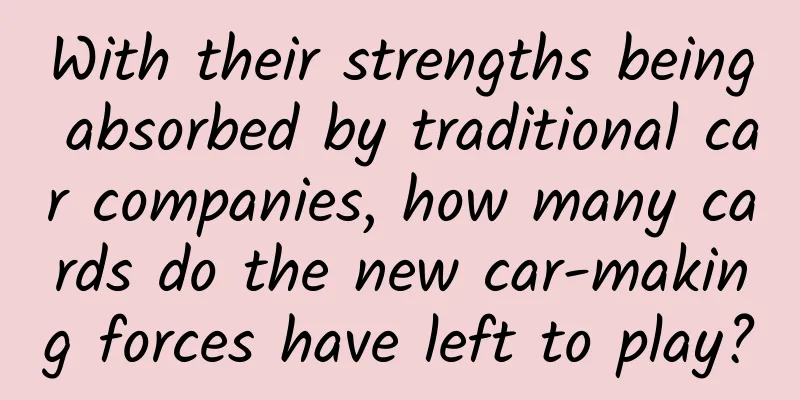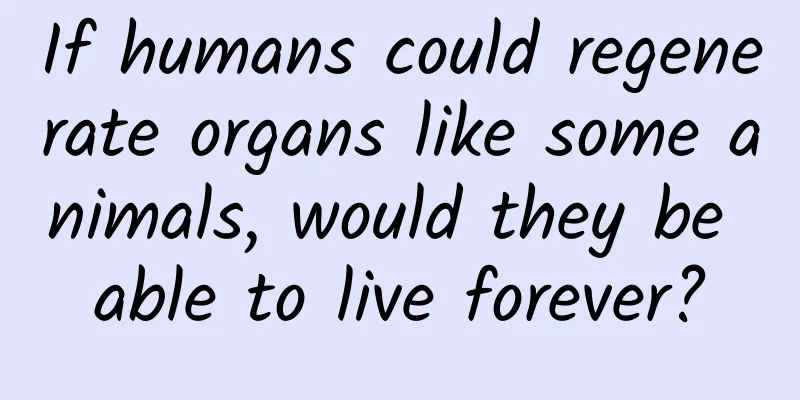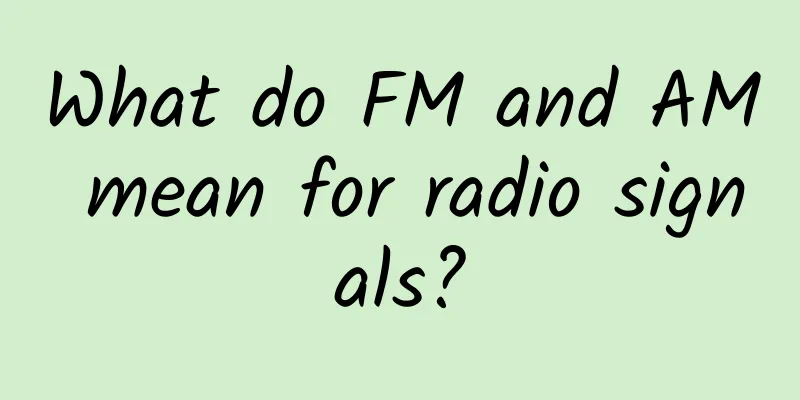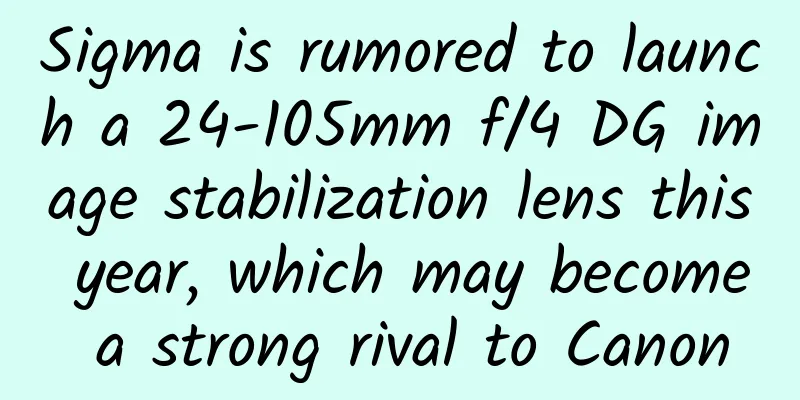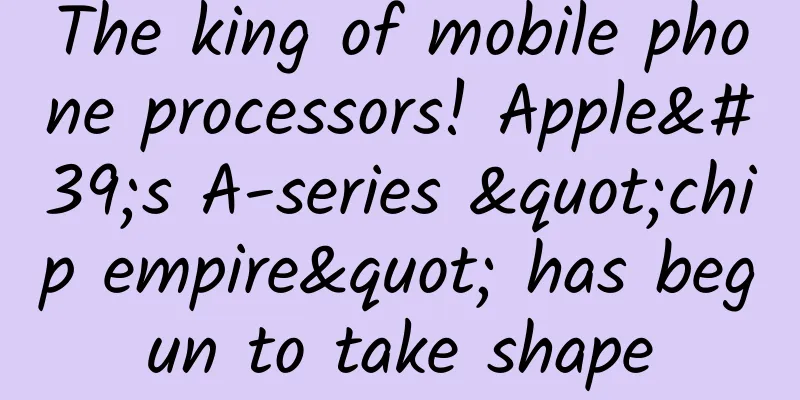What? Did anyone see the “wall-walking technique”?
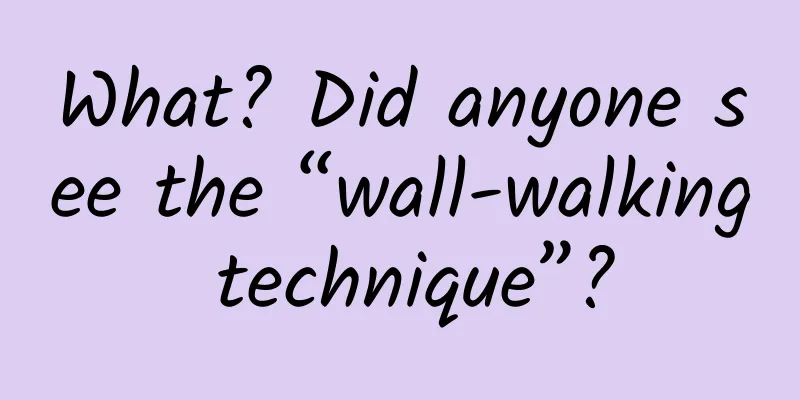
|
Produced by: Science Popularization China Author: Luan Chunyang (Department of Physics, Tsinghua University) Producer: China Science Expo Have you ever heard of the art of walking through walls? It's the kind of art of walking through walls by chua chua chua. Although humans can't do it, quantum computers can. Recently, scientists have "seen" this quantum "walking through walls". Quantum: Someone said I can walk through walls? He's right In the macroscopic world, when you want to pass through a wall, you or the wall must break first, but in the microscopic world, everything is different, and classical physics theory is completely inapplicable here. Quantum tunneling refers to the fact that microscopic particles such as electrons or atoms can seem to pass through some seemingly impossible obstacles, such as potential barriers that require higher energy to cross (which can be simply understood as energy difference), and reach the other side of the obstacle. Overview of classical physics and quantum tunneling energy transfer (Photo source: Veer Gallery) In classical physics theory, if a person wants to move to the other side of a high wall, he cannot do it without enough energy. However, in the quantum world, this person has a certain probability of passing through the wall directly, just like passing through a virtual tunnel without actually overcoming the height of the wall. (Photo source: Veer Gallery) What is the reason for the difference between classical physics and the quantum world? In fact, in the quantum world, microscopic particles are no longer a precise point described in classical physics, but a wave-like entity whose movement can be described by a wave function (don't worry, the wave function will be explained later). The distribution of these microscopic particles in space is probabilistic. They can exist in multiple locations, and they may also pass through obstacles and appear on the other side. Therefore, when these microscopic particles encounter a potential barrier, their own wave function will change accordingly, and this change will make the probability of the particle existing on the other side of the barrier non-zero. Although this probability is very small, it is not zero, so the particle has the possibility of passing through the potential barrier or potential peak, thus resulting in tunneling. I am both a particle and a wave. I am so magical. Quantum tunneling is a phenomenon based on wave-particle duality. Does wave-particle duality sound familiar? This concept can be traced back to the early 20th century, when physicists began to study the properties of microscopic particles (such as electrons, photons, etc.) and found that their behavior was completely different from the mainstream view in classical physics that "light is a wave." In 1905, Einstein proposed the concept of photons, believing that light is composed of particles, thus verifying that light has particle properties. In subsequent experiments, scientists discovered that light not only has particle properties, but also exhibits wave properties. This is the wave-particle duality of light. In 1924, French physicist Louis de Broglie proposed a new hypothesis: microscopic particles also have wave properties. Based on Einstein's concept of photons, he extended the wave-particle duality to other microscopic particles. De Broglie's hypothesis was also verified by experiments, revealing the basic law in the microscopic quantum world - microscopic particles have both wave and particle properties, that is, wave-particle duality. Schematic diagram of wave-particle duality (Photo source: Veer Gallery) Therefore, wave-particle duality has become an important physical concept in quantum mechanics. The birth of the concept of wave-particle duality has completely changed people's understanding of the nature of matter and energy, and is of great significance for studying the nature of the quantum world and developing quantum technology. This function has no parity, but can change back and forth Since particles in the microscopic world have the dual nature of wave and particle, the motion state of particles cannot be completely determined like in the macroscopic world. This requires the introduction of a new physical concept to describe the motion state of particles and calculate the probability of particles existing in space. This physical concept that can deeply reveal the dual nature of wave and particle of microscopic particles is the wave function. Quantum wave functions glowing brightly (Photo source: Veer Gallery) Wave function is a core concept in quantum mechanics, usually represented by the symbol ψ. By introducing the wave function ψ, we can not only describe the wave nature of particles, but also calculate the possible position and possible state of particles at a certain moment. Therefore, quantum tunneling is a quantum mechanical phenomenon based on wave functions, and the mechanism of quantum tunneling can be understood through the interpretation of wave functions: when a particle encounters a higher energy potential barrier, the wave function describing the particle will change, and this change in wave function will determine whether the particle can pass through the potential barrier. When the wave function interacts with the potential barrier, an interference effect will occur, and the wave function will be divided into two parts - the reflected wave and the transmitted wave. At this time, the reflected wave represents the part of the particle reflected back by the potential barrier, and the transmitted wave represents the part of the particle that passes through the potential barrier. Since there is a transmitted wave, it means that quantum tunneling can be achieved. How thick does the wall have to be if you want to practice walking through walls? Why do objects behave differently from a macroscopic perspective and a microscopic perspective? This is related to the energy scale and space-time scale of the space in which the matter resides. In order to give everyone a more vivid understanding of the microscopic world where quantum tunneling occurs, we will take the example of a single electron passing through a higher energy potential barrier to discuss the energy scale and space-time scale of quantum tunneling. The energy scale of quantum tunneling depends on the specific conditions of the system being studied. It is generally related to the energy height, width, and particle mass of the potential barrier. The higher the particle energy, the greater the probability of tunneling, and the higher the potential barrier can be penetrated. For electrons, the typical energy scale of passing through a potential barrier with a height of 1 electron volt and a width of 1 nanometer can reach several to tens of electron volts. The electron volt here is a very small unit of energy, one electron volt is about 1.6×10-19 joules. When we pick up an apple, we need to consume about 1~2 joules of energy, which is equivalent to 100 trillion electron volts of energy. Therefore, the energy scale of quantum tunneling is in a very, very small range. (Photo source: Veer Gallery) In addition, the time and space scales at which quantum tunneling occurs are also extremely small and depend mainly on the width of the barrier. Typically, the probability of quantum tunneling decreases exponentially as the width of the barrier increases. For example, for electron tunneling, the spatial scale is usually at the nanometer level, and the corresponding time scale is at the picosecond level. For an electron with an energy of 1 electron volt, passing through a potential barrier with a height of 1 electron volt and a width of 1 nanometer, its tunneling distance is about 0.1 nanometers, and the corresponding tunneling time is about 0.1 to 1 picoseconds. For an electron with an energy of 10 electron volts, passing through the same potential barrier, its tunneling distance is about 1 nanometer, and the corresponding tunneling time is about 0.05 picoseconds. Nano and picosecond here are very small units of length and time. Specifically, 1 nanometer is equal to 10-9 meters. Usually, the diameter of a hair is about 70,000 nanometers (0.07 mm), and the diameter of a grain of sand is about 900,000 nanometers (0.9 mm). 1 picosecond is equal to 10-12 seconds. For example, the time it takes for a finger to tap a keyboard is about 0.1 seconds, which is equivalent to 100 billion picoseconds. (Photo source: Veer Gallery) (Photo source: Veer Gallery) To sum up, the energy consumed in lifting an apple easily in our daily life, or the distance as thin as a hair, or the brief moment when typing on the keyboard...all of these are too large for the microscopic world, and the scale at which quantum tunneling occurs is much smaller than these. Quantum tunneling, someone has "seen" it As we said before, the phenomenon of quantum tunneling can only be manifested at the microscopic scale. At the macroscopic scale, the effect of quantum tunneling is very weak. Therefore, in order to observe the phenomenon of quantum tunneling in the experiment, high-precision and high-sensitivity experimental instruments are required. At the same time, the experiment requires very precise measurement and control of the tiny changes in the system. This is very difficult for humans. However, not long ago, physicists at the University of Innsbruck in Austria observed this quantum tunneling effect for the first time in a chemical reaction experiment. The research team first used an ion trap device to capture a certain number of deuterium ions, cooled them sufficiently, and then filled the entire ion trap device with hydrogen. Due to the extremely low ambient temperature, the deuterium ions lacking sufficient energy cannot cross the energy barrier of chemical reactions under classical conditions, and thus cannot react with hydrogen. However, according to the theoretical calculation results of quantum tunneling, the deuterium ion has wave-particle duality at this time. Although the probability of quantum tunneling is very low, the wave function of the deuterium ion still has a certain probability of passing through the energy barrier and reacting with hydrogen. Screenshot of the experimental paper (Image source: Nature official website) The results of this study also show that the frequency of a reaction can be inferred by measuring the number of reaction products formed in a given time. In other words, this simple chemical reaction experiment successfully verified the tunneling effect phenomenon that is difficult to observe in quantum mechanics. Quantum tunneling has applications in many fields, such as tunneling diodes in semiconductor devices, scanning tunneling microscopes, etc. Quantum tunneling diodes can be used to manufacture high-speed, high-precision electronic devices, and the tunneling of electrons in scanning tunneling microscopes can achieve high-resolution imaging, thereby obtaining detailed information on the sample surface. Nanoscale electron microscopy (Photo source: Veer Gallery) This new discovery plays an important role in human understanding of the principles of quantum tunneling. In the future, we may have more applications related to quantum tunneling. Conclusion Quantum tunneling, a wonderful microscopic phenomenon, realizes the "wall-penetration technique" at the microscopic scale. The research results of quantum tunneling not only promote the development of the basic theory of quantum mechanics and help us better understand the operating laws of the microscopic world, but also promote the development of high-tech fields such as materials science, chemistry, and biology, and make important contributions to the progress and development of human society. I believe that scientists will further "observe" the quantum tunneling phenomenon in the future, so that we can "turn to quantum mechanics when in doubt." References: [1] https://www.nature.com/articles/s41586-023-05727-z Editor: Guo Yaxin |
<<: Squall line is coming! Thunder, lightning, gale and hail are coming!
>>: A fever can boil 700 million pots of water! Is there any hope?
Recommend
The promotion effect is not good, maybe you didn’t think it through at the beginning
Whether it is user operation , product operation ...
Apple to launch new iPhone SE: Price in China starts at 2,999 yuan, with target of 30 million units shipped
Apple is ready to release the new iPhone SE, whic...
What's in some poop from 6 million years ago?
In 2018, several piles of poop fossils were disco...
Fission Guide: What is traffic pool thinking?
The core idea of " traffic pool thinking&q...
Feeding on human blood, outbreaks in many countries! Beware of this bug...
Faded from people's sight for many years Bed ...
Bidding Models in Internet Advertising - Alliance, RTB, RTA
In (Part 1 - Basic Bidding) and (Part 2 - Smart B...
Android device WiFi scanning strategy: How to efficiently manage network connections when the screen is on or off
WiFi scanning scenario WiFi scanning scenarios us...
Tesla's losses doubled in the second quarter, and the funds for building a factory in Shanghai will be raised in China
Tesla released its second-quarter financial repor...
Shein, still a Chinese unicorn?
In October this year, the media asked Marcelo Cla...
How to complain about false sales behavior in WeChat Mini Programs? Can I file a complaint about after-sales service for items purchased through the Mini Program?
As many businesses have opened their own WeChat m...
Let’s talk about the process of the project from 0 to 1
As the saying goes, there are more projects and m...
Handler, Looper and MessageQueue source code analysis
In Android, Handler can be used to update the cha...
“Look at the clouds to know the weather”, is this meteorological proverb reliable?
"Morning glow does not leave the house, but ...
Didn't understand Oppenheimer? Here are some hidden Easter eggs!
Have you seen Nolan's Oppenheimer? Even if yo...
Sohu wins 2014 World Cup video rights, portal + video creates differentiated services
On May 7, Sohu announced a partnership with CNTV,...


